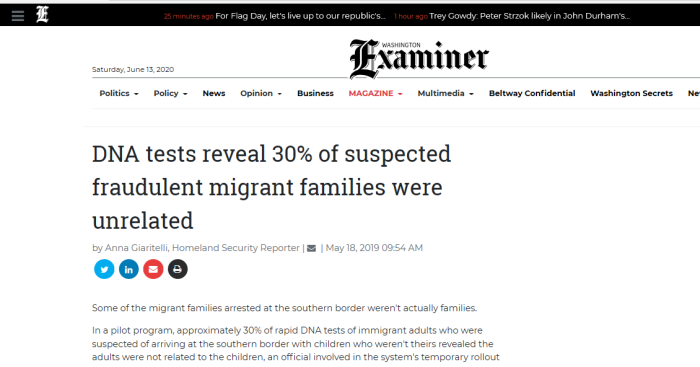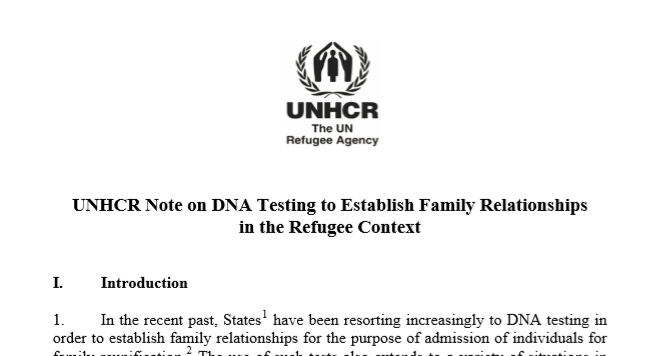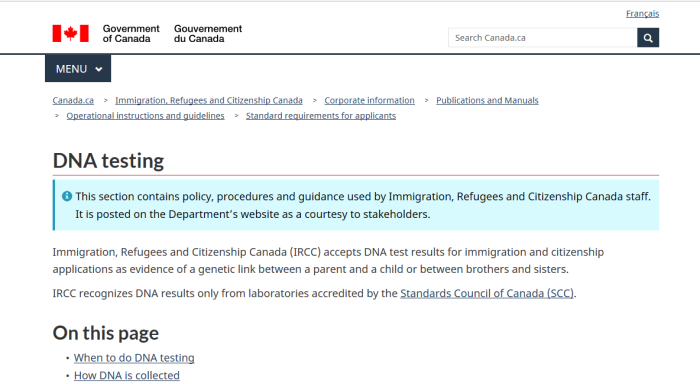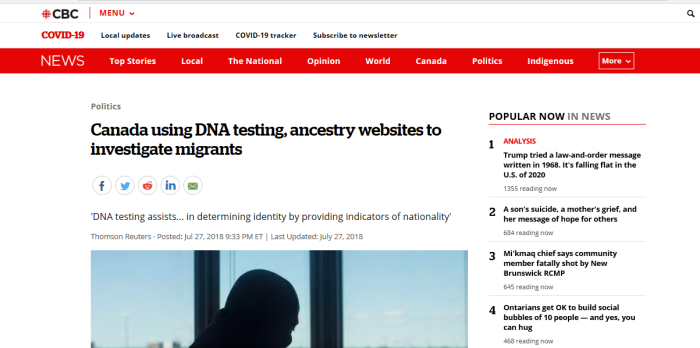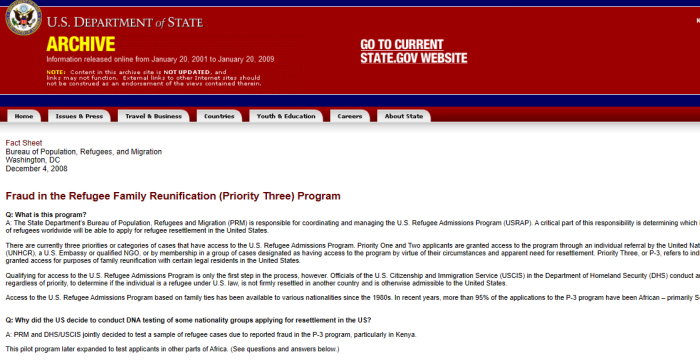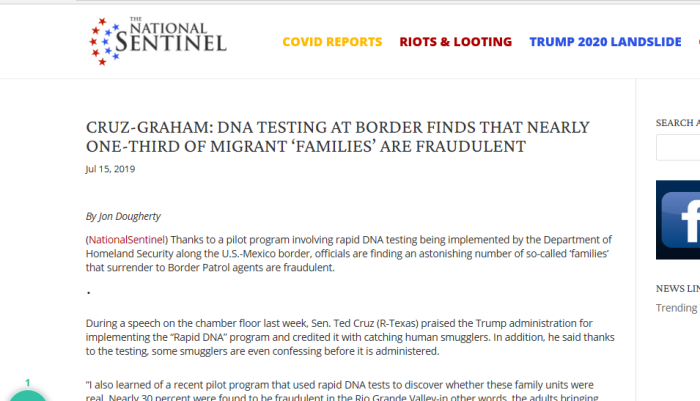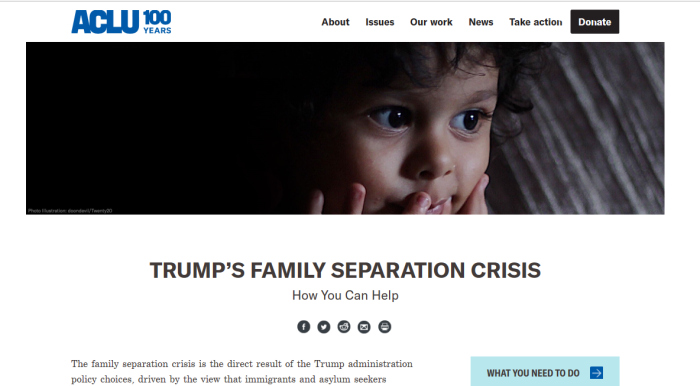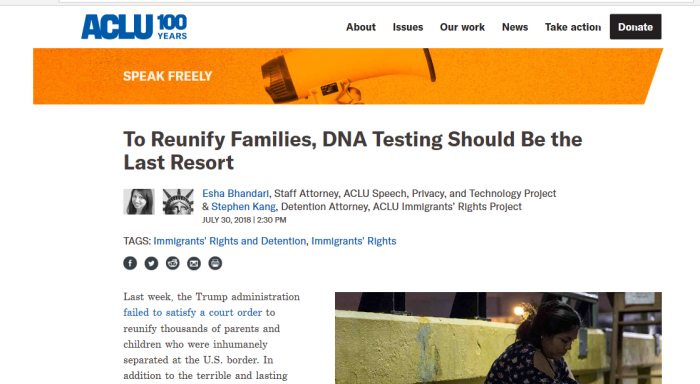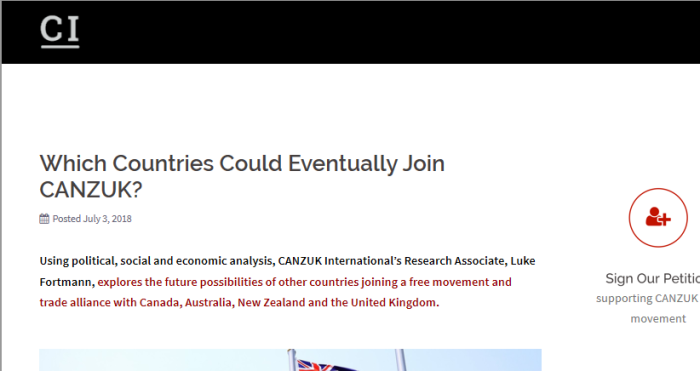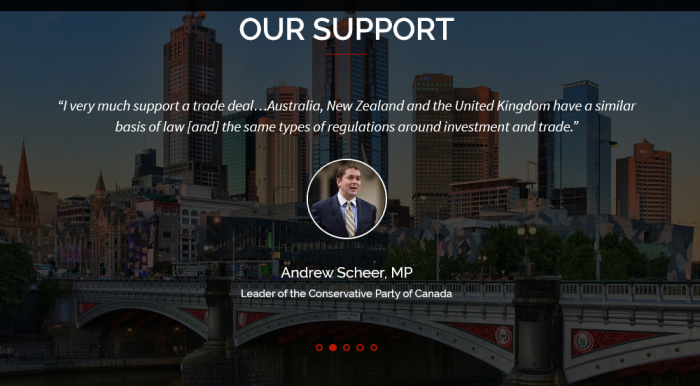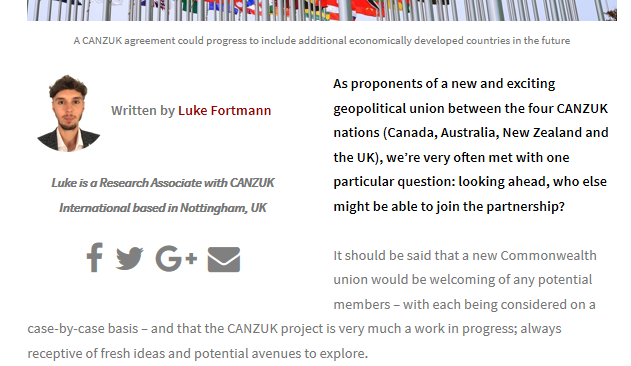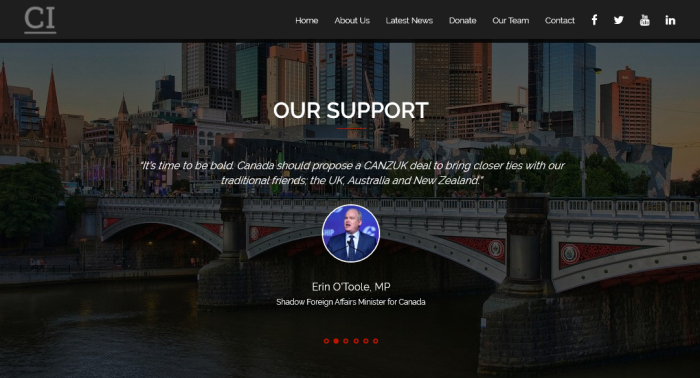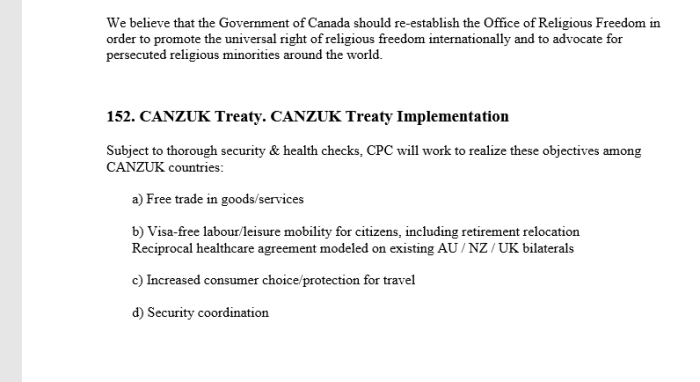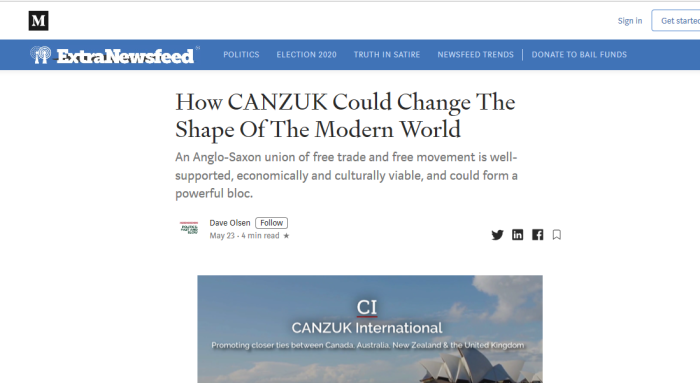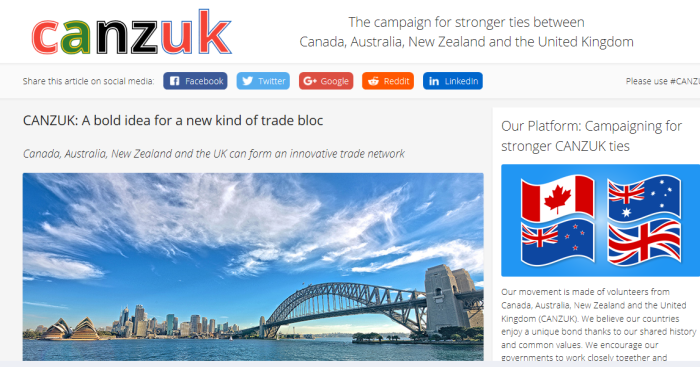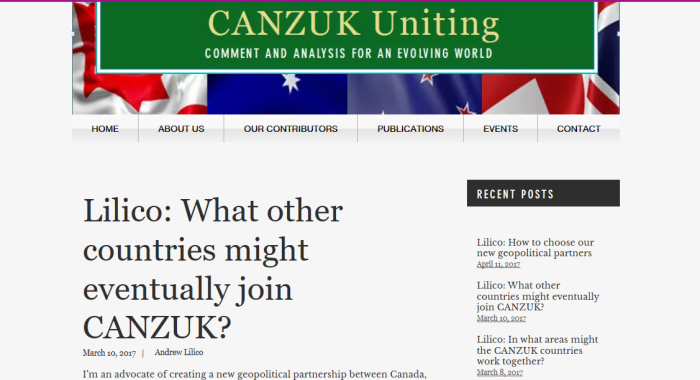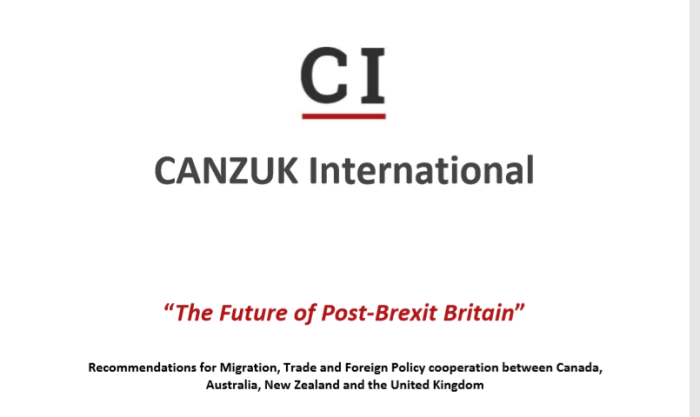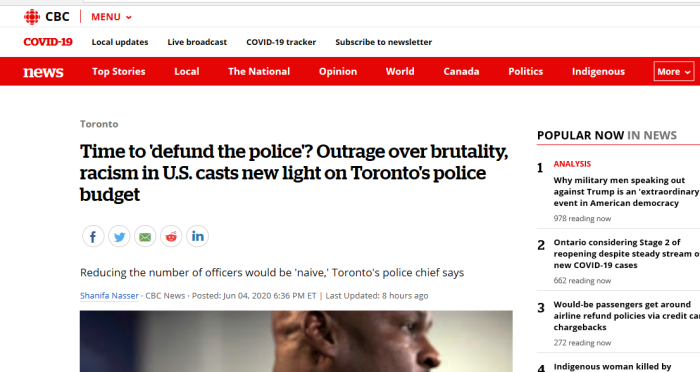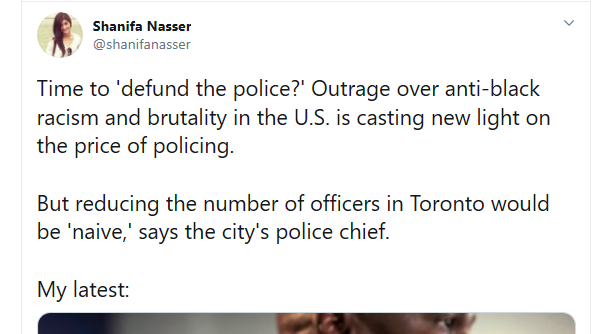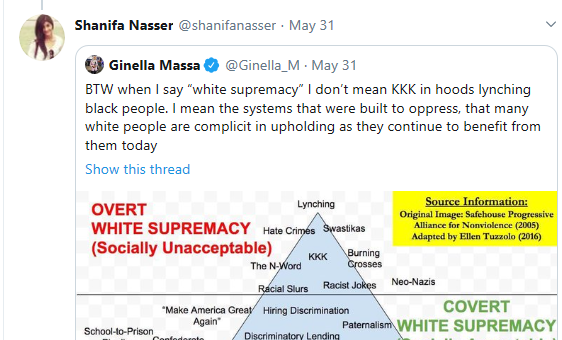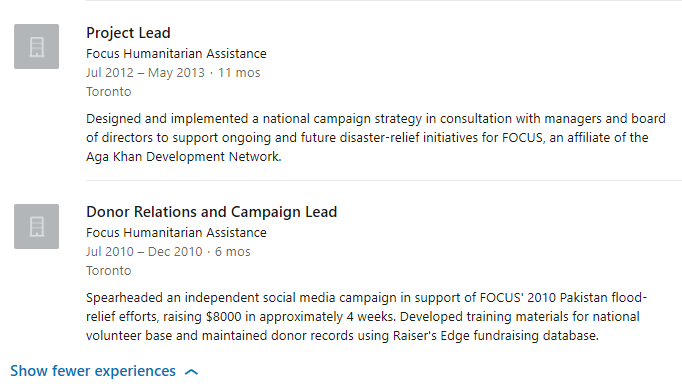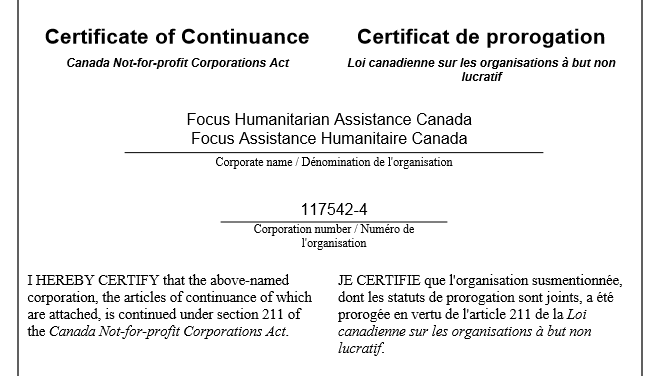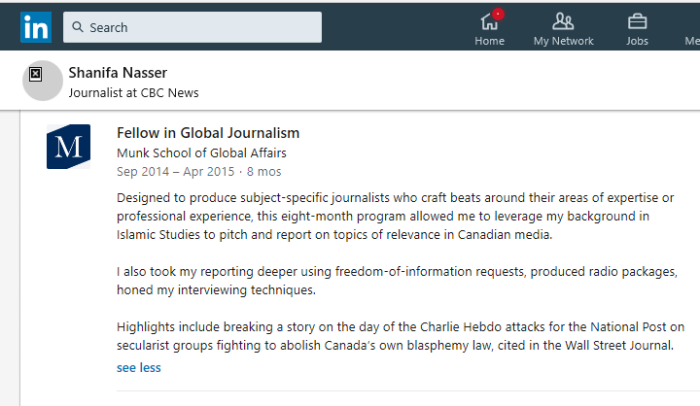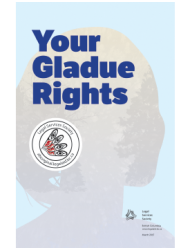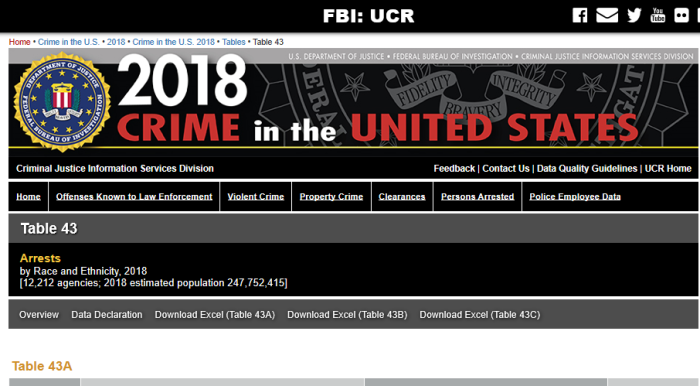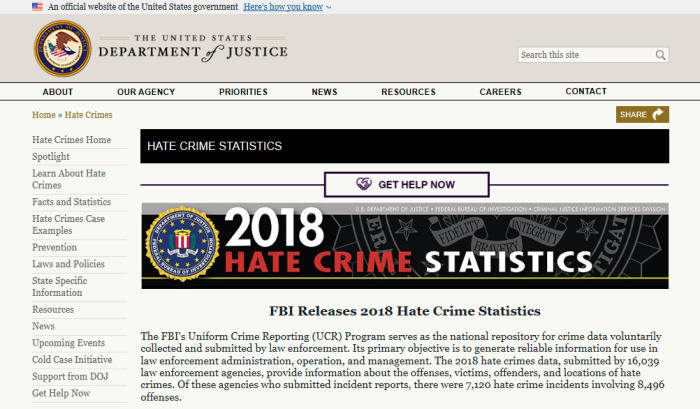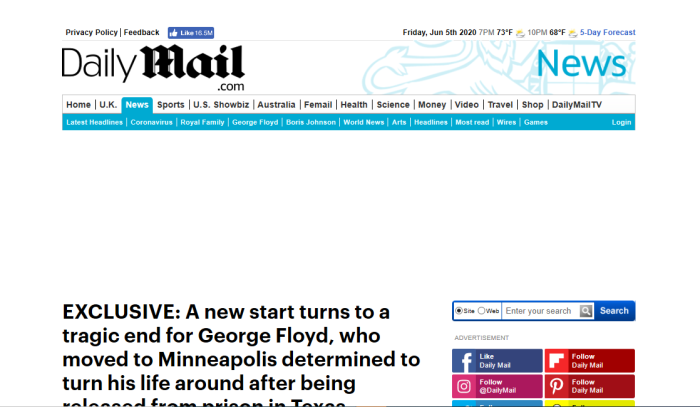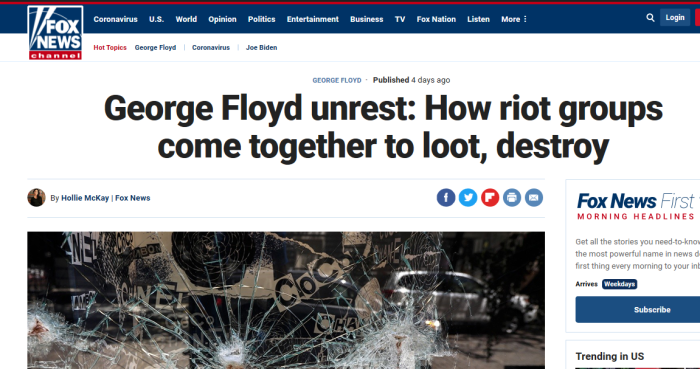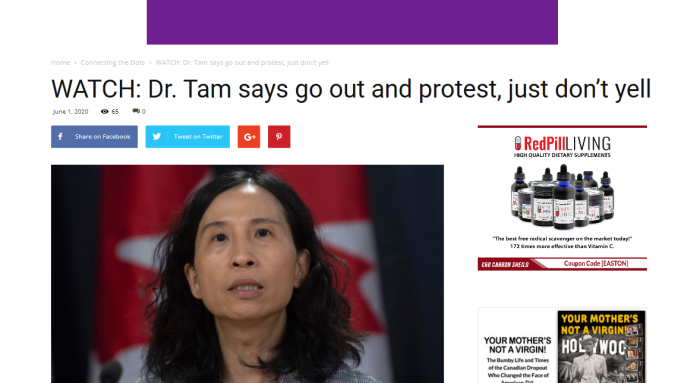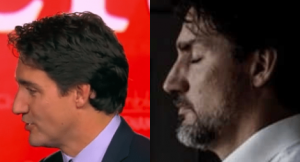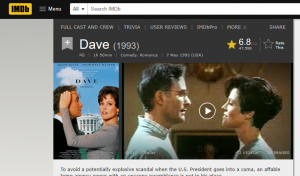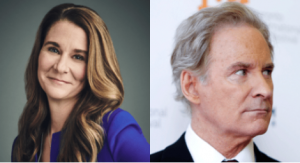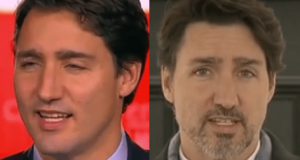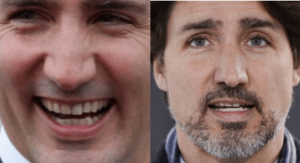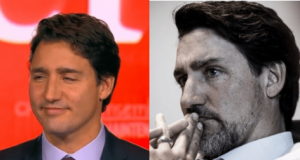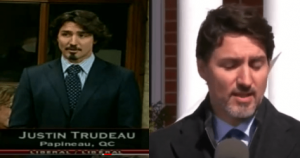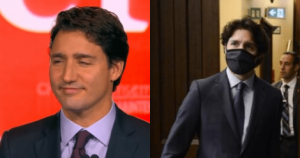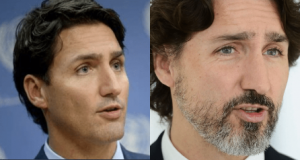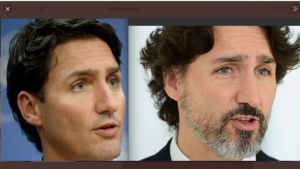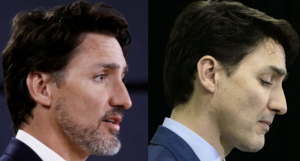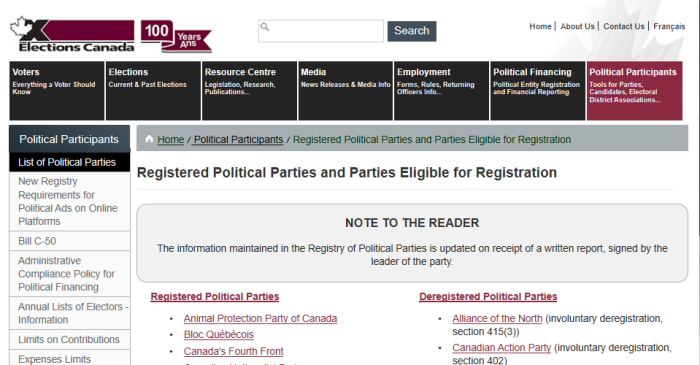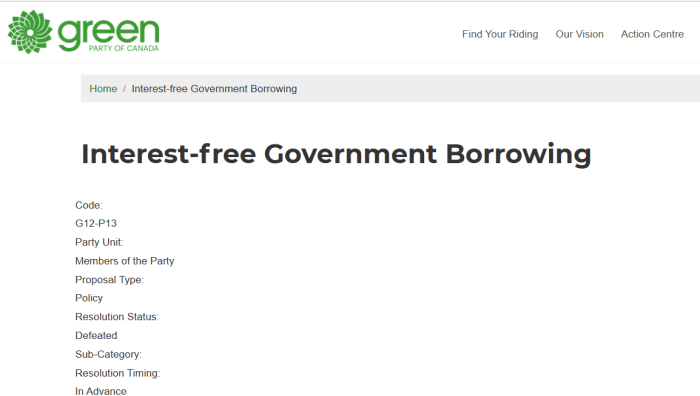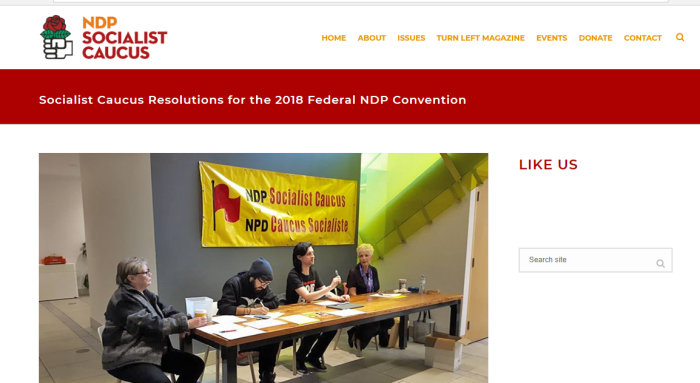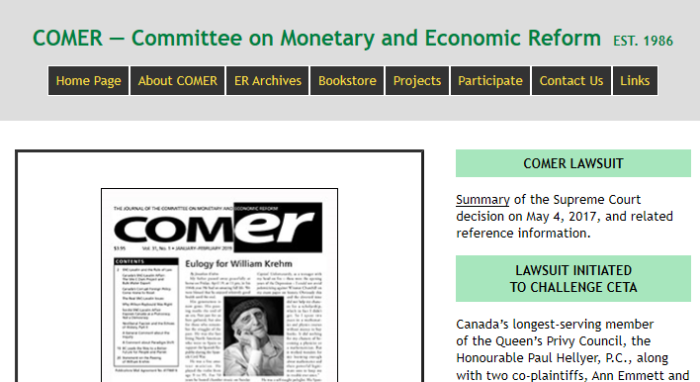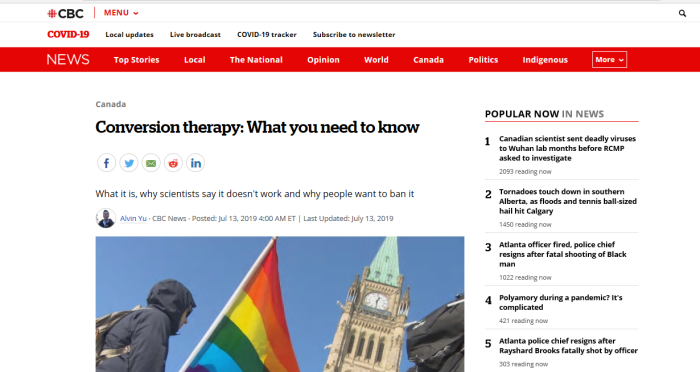
1. Previous Solutions Offered
A response that frequently comes up is for people to ask what to do about it. Instead of just constantly pointing out what is wrong, some constructive suggestions should be offered. This section contains a list of proposals that, if implemented, would benefit society. While the details may be difficult to implement, at least they are a starting point.
2. Trafficking, Smuggling, Child Exploitation
Serious issues like smuggling or trafficking are routinely avoided in public discourse. Also important are the links: between open borders and human smuggling; between ideology and exploitation; between tolerance and exploitation; between abortion and organ trafficking; or between censorship and complicity. Mainstream media will also never get into the organizations who are pushing these agendas, nor the complicit politicians. These topics don’t exist in isolation, and are interconnected.
3. Important Links
(1) https://canucklaw.ca/wp-content/uploads/2020/06/un.conversion.therapy.risks_.pdf
(2) https://www.parl.ca/LegisInfo/BillDetails.aspx?Language=E&billId=10686845
(3) https://canucklaw.ca/wp-content/uploads/2020/06/Bill.c8.ban_.on_.conversion.therapy.pdf
(4) https://laws-lois.justice.gc.ca/eng/acts/C-46/page-37.html#h-118363
(5) https://www.cbc.ca/news/canada/conversion-therapy-what-you-need-to-know-1.5209598
(6) https://www.jwatch.org/pa200901280000004/2009/01/28/does-gender-dysphoria-young-children-persist
(7) http://archive.is/yyJ99
(8) https://www.psypost.org/2017/12/many-transgender-kids-grow-stay-trans-50499
4. Context For This Piece
This isn’t an attempt to make a religious argument on the SOGI (sexual orientation, gender identity) agenda. Instead, this is more of the effects — both intended and unintended — that this ideology causes. The primary focus is on changing one’s gender/sex, though the same issues apply (to a lesser degree), for sexual orientation.
Undeniably, having this issue promoted the way it is creates a few problems. First, there are a lot of physical and mental health issues that are still present. Second, genuine criticism and concern is frequently shut down under the pretense of bigotry. This can also lead to doxing and damaged careers. Third, it allows those with an agenda to essentially rewrite the laws for society as a whole. Fourth, the lives that get destroyed are often lost and ignored afterwards.
While the “conversion techniques” described in the UN report are barbaric and savage, this is not an effort to endorse SOGI. Trying to change one’s sex is not something that should become normalized or promoted. This is especially true among children.
Don’t get the wrong idea. There are serious issues that people face, and compassion is needed. However, the solutions that are promoted and pushed in society today are destructive and harmful, and need to be called out.
Consider this: instead of mangling and destroying your body, what if that peace could be achieved another way? Isn’t finding a way to be happy a better option?
5. Why Is Pride Even Needed?
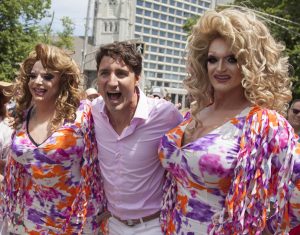
Let’s just address this briefly: what is even the point of having Pride every year? If the goal was about legal equality, that has been achieved long ago. Even same sex marriage became legalized nationally in 2005.
Think it through. Once all of the major issues are resolved, then whatever is left is less and less important. Bake my cake? Wax my privates? Cater my wedding? Are these really the problems that are plaguing society?
Whether accidental or by design, the continued push by LGBTQ activists has the effect of causing people who were otherwise accepting of the movement to begin rejecting it. Purity spirals never end well.
6. UN Wants Ban On Conversion Therapy
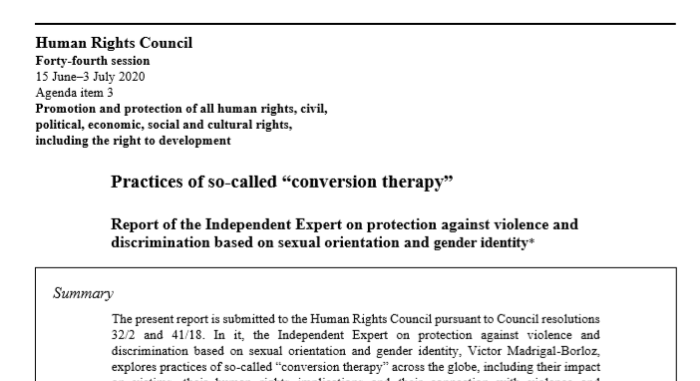
83. Practices of “conversion therapy”, based on the incorrect and harmful notion that sexual and gender diversity are disorders to be corrected, are discriminatory in nature. Furthermore, actions to subject lesbian, gay, bisexual, trans or gender-diverse persons to practices of “conversion therapy” are by their very nature degrading, inhuman and cruel and create a significant risk of torture. States must examine specific cases in the light of the international, regional and local framework on torture and cruel, inhuman or degrading treatment and/or punishment.
84. Perpetrators of abuse through practices of “conversion therapy” include private and public mental health-care providers, faith-based organizations, traditional healers and State agents; promoters additionally include family and community members, political authorities and other agents.
85. Under the conditions established by international human rights law and the international framework on torture and cruel, inhuman and degrading treatment or punishment, practices of “conversion therapy” may engage the international responsibility of the State.
86. Practices of “conversion therapy” provoke profound psychological and physical damage in lesbian, gay, bisexual, trans or gender-diverse persons of all ages, in all regions of the world.
87. In view of the foregoing, the Independent Expert recommends that States:
(a) Ban the practices of “conversion therapy” as described in the present report, including by:
(i) Clearly establishing, through appropriate legal or administrative means, a definition of prohibited practices of “conversion therapy”, and ensuring that public funds are not used, directly or indirectly, to support them;
(ii) Banning practices of “conversion therapy” from being advertised and carried out in health-care, religious, education, community, commercial or any other settings, public or private;
(iii) Establishing a system of sanctions for non-compliance with the ban on practices of “conversion therapy”, commensurate with their gravity, including in particular, that claims should be promptly investigated and, if relevant, prosecuted and punished, under the parameters established under the international human rights obligations pertaining to the prohibition of torture and cruel, inhuman or degrading treatment or punishment;
(iv) Creating monitoring, support and complaint mechanisms so that victims of practices of “conversion therapy” have access to all forms of reparations, including the right to rehabilitation, as well as legal assistance;
The report does list several forms of “conversion therapy” that are absolutely horrific, such as forced gang rape. These are inexcusable under any circumstances.
That being said, the UN findings take the position that SOGI should be normalized and accepted by everyone. It implies that even very young children should be able to engage in this sort of behaviour. It isn’t normal for very young children (or anyone for that matter), to want to change their gender, yet the UN report makes no mention of it. Instead, people should be accepted as they are.
The UN report leaves out many important details and topics which should be addressed. However, the report is clearly motivated by ideology, not compassion or truth.
7. Canada’s Bill C-8, Conversion Therapy Ban
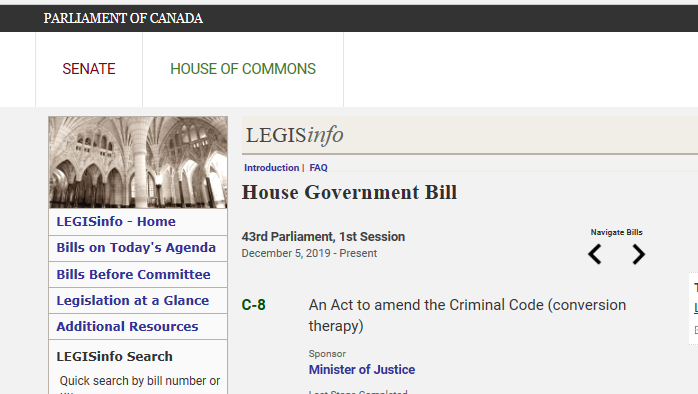
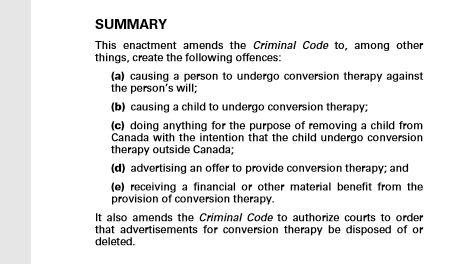
Bill.c8.ban.on.conversion.therapy
Interestingly, Bill C-8 would list materials promoting conversion therapy to be materials corruption public morals in the Canadian Criminal Code.
As this Federal bill is just one example of this nonsense being pushed, consider the mental gymnastics needed for any of this to make sense. A father can’t stop his 11 year old child from starting a sex change, because it would be in the interests of the child. Yet, the Federal Government in 2018 watered down the criminal penalties for sex crimes against children. The also lowered the age of consent for anal sex, because that was supposedly a priority.
Various bills and laws are being considered across the world to ban conversion therapy. Now, some methods in the 3rd world are pretty savage, efforts should be made to determine if the person (especially a child) really wants to do this. The person should also be made fully aware of the consequences they are facing.
In 2019, the CBC wrote about the proposed ban, mentioning health risks depending on the type of conversion, but provided little concrete detail. Omitted was the harm that transitioning young children can cause.
8. Long Term “Aging Out” Research
A 2009 study of adolescents with gender dysphoria found that for the majority, this did not persist into adulthood. To be fair, a large part of the original sample group wasn’t available.
Steensma-2013_desistance-rates
A 2013 study found that 84% of adolescents who had gender dysphoria had their symptoms stop in adulthood.
An article was written in 2016 by Jesse Singal about what was missing from the discussion from trans-activists: regrets, and people wishing to change back.
James Cantor has a dozen studies listed in this article which followed on teens/adolescents with gender dysphoria
- Lebovitz, P. S. (1972). Feminine behavior in boys: Aspects of its outcome. American Journal of Psychiatry, 128, 1283–1289
- Zuger, B. (1978). Effeminate behavior present in boys from childhood: Ten additional years of follow-up. Comprehensive Psychiatry, 19, 363–369
- Money, J., & Russo, A. J. (1979). Homosexual outcome of discordant gender identity/role: Longitudinal follow-up. Journal of Pediatric Psychology, 4, 29–41
- Zuger, B. (1984). Early effeminate behavior in boys: Outcome and significance for homosexuality. Journal of Nervous and Mental Disease, 172, 90–97.
- Davenport, C. W. (1986). A follow-up study of 10 feminine boys. Archives of Sexual Behavior, 15, 511–517.
- Green, R. (1987). The “sissy boy syndrome” and the development of homosexuality. New Haven, CT: Yale University Press.
- Kosky, R. J. (1987). Gender-disordered children: Does inpatient treatment help? Medical Journal of Australia, 146, 565–569
- Wallien, M. S. C., & Cohen-Kettenis, P. T. (2008). Psychosexual outcome of gender-dysphoric children. Journal of the American Academy of Child and Adolescent Psychiatry, 47, 1413–1423.
- Drummond, K. D., Bradley, S. J., Badali-Peterson, M., & Zucker, K. J. (2008). A follow-up study of girls with gender identity disorder. Developmental Psychology, 44, 34–45.
- Singh, D. (2012). A follow-up study of boys with gender identity disorder. Unpublished doctoral dissertation, University of Toronto.
Steensma, T. D., McGuire, J. K., Kreukels, B. P. C., Beekman, A. J., & Cohen-Kettenis, P. T. (2013). Factors associated with desistence - and persistence of childhood gender dysphoria: A quantitative follow-up study. Journal of the American Academy of Child and Adolescent Psychiatry, 52, 582–590.
Plenty of available research suggests the overwhelming majority of youth with gender dysphoria eventually get past it. So why exactly the push to have younger and younger children participating and messing up their lives?
Does banning conversion therapy mean that this type of research will become banned? Will it be considered hate speech to talk about it? How does hiding the plentiful amount of study done help people suffering from this condition? Of course this doesn’t even get into the tons of comorbid conditions and the suicide rates.
Don’t Liberals routinely claim that they are the “party of science”? Or does that only matter when the science fits their preshaped agenda?
9. Gender Dysphoria/Autism Link?
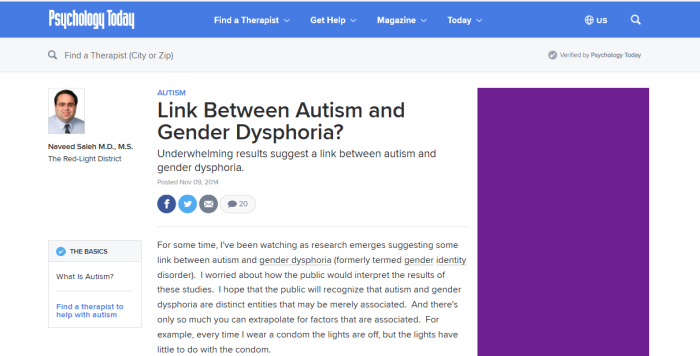
While it may be too early to say definitively, research has been done into gender dysphoria and other conditions such as Autism and Aspberger’s. If there is any truth to it, giving hormone blockers to autistic people (especially autistic children) amounts to medical malpractice and child abuse.
10. Bill C-16 Already Silenced Debate
To a large degree, Bill C-16 has already cut off a large part of the debate at least regarding the trans issue. Both the Canadian Criminal Code, and the Canadian Human Rights Code were amended to make “gender identity or expression” a protected ground.
To start out: “gender identity or expression” is so vague that it could be applied to a lot of different things. It doesn’t just refer to people who are transgender. Nor does it prevent someone from demanding made up pronouns, or repeatedly changing their pronouns.
What most likely started off with good intentions is a disaster waiting to happen.
11. Society Shouldn’t Normalize This
Instead of condemning conversion therapy as horrible, realize that trying to make people content in their bodies should at least be considered. Rather than making mutilation the first option, it should be the last thing (the very last thing), considered by doctors and others in the field.
In contrast to the instinct to make the child happy, responsible parents should make every effort to find out what is wrong with the child and find a way to deal with it.
If someone has a legitimate condition and needs to find a way to deal it, fine. But society shouldn’t be making this sort of thing mainstream, or encourage others to do it.
The incessant, never-ending demands of activists make even many tolerant people stop caring, or become outright resentful.

